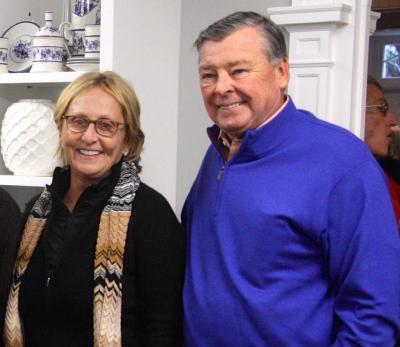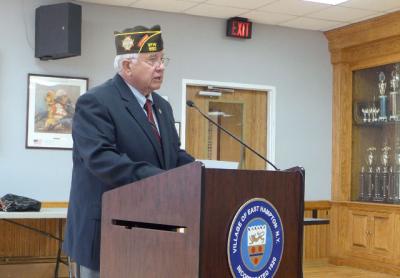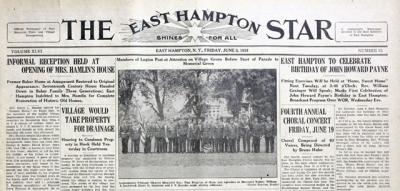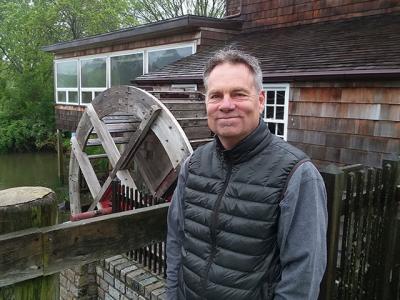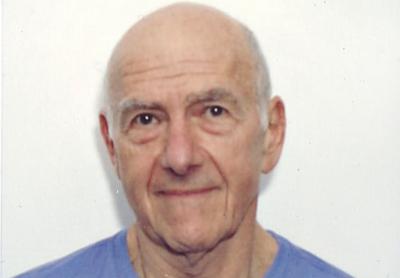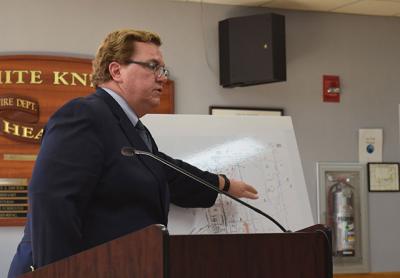County Expands Well Testing in Wainscott
County Expands Well Testing in Wainscott
The Suffolk County Health Department announced a further expansion of its private well survey in the vicinity of the East Hampton Airport on Friday. The survey began last year following the detection of perfluorinated chemicals in a private well in the survey area.
Residents whose property is served by a private well in the area bounded by Merchants Path to the north, Wainscott Harbor Road continuing on to Wainscott Hollow Road on the west, Georgica Pond to the east, and the Atlantic Ocean to the south will be contacted directly by the Health Department. Residents can also contact the county's Office of Water Resources directly at 631-852-5810 to have their wells tested free of charge.
The announcement follows the East Hampton Town Board's move last week to create a water supply district in Wainscott, a prerequisite to the Suffolk County Water Authority's extension of water mains and service lines to connect to residential and commercial properties. The estimated $24.3 million project is expected to begin by August and be completed by year's end.
The town will issue bonds to pay for the cost of the project. The Water Authority and the town are jointly pursuing an inter-municipal application, through the State Environmental Facilities Corporation, for a grant of up to $10 million to offset the cost.
Creation of a water supply district closely followed the town board's declaration of an emergency in order to direct money to residents whose wells are contaminated. The money will come in the form of rebates of up to 90 percent of the cost of a point-of-entry water treatment system, to a maximum of $3,000, as an interim measure pending connection to public water.
The compounds, known as perfluoroalkyl and polyfluoroalkyl substances, or PFAs, are currently unregulated by the federal Environmental Protection Agency. The E.P.A., however, has identified two of these substances, PFOS (perfluorooctane sulfonate) and PFOA (perfluorooctanoic acid), as contaminants of emerging concern. It has issued a lifetime health advisory level of .07 parts per billion in order to protect the most sensitive populations, including fetuses during pregnancy and breastfed babies, against potential adverse health effects.
PFAs have been used in a number of industrial and commercial products such firefighting foam, as well as coatings that repel water, oil, stains and grease. Thus, people may be exposed to PFOS and PFOA through air, water, or soil from industrial sources and from consumer products.
Since the discovery of perfluorinated chemicals in wells, the town has made bottled water available free of charge to residents in the survey area who use a private well.
Residents connected to a public water supply do not need to have their water tested as these supplies are routinely tested. PFOS and PFOA have not been detected in the public drinking water supply wells serving the area.
Residents with general questions about health effects of PFAs have been advised to call the State Health Department at 518-402-7950 Monday through Friday between 8 a.m. and 4 p.m. Residents who are unsure if they are served by public water can call the Water Authority at 631-698-9500.

